Detailed Report
On Cement Factory
A cement factory is an industrial facility where the process of cement production takes place. It involves the extraction of raw materials, such as limestone and clay, and their transformation into a fine powder through grinding and heating, ultimately resulting in the production of cement.
Introduction
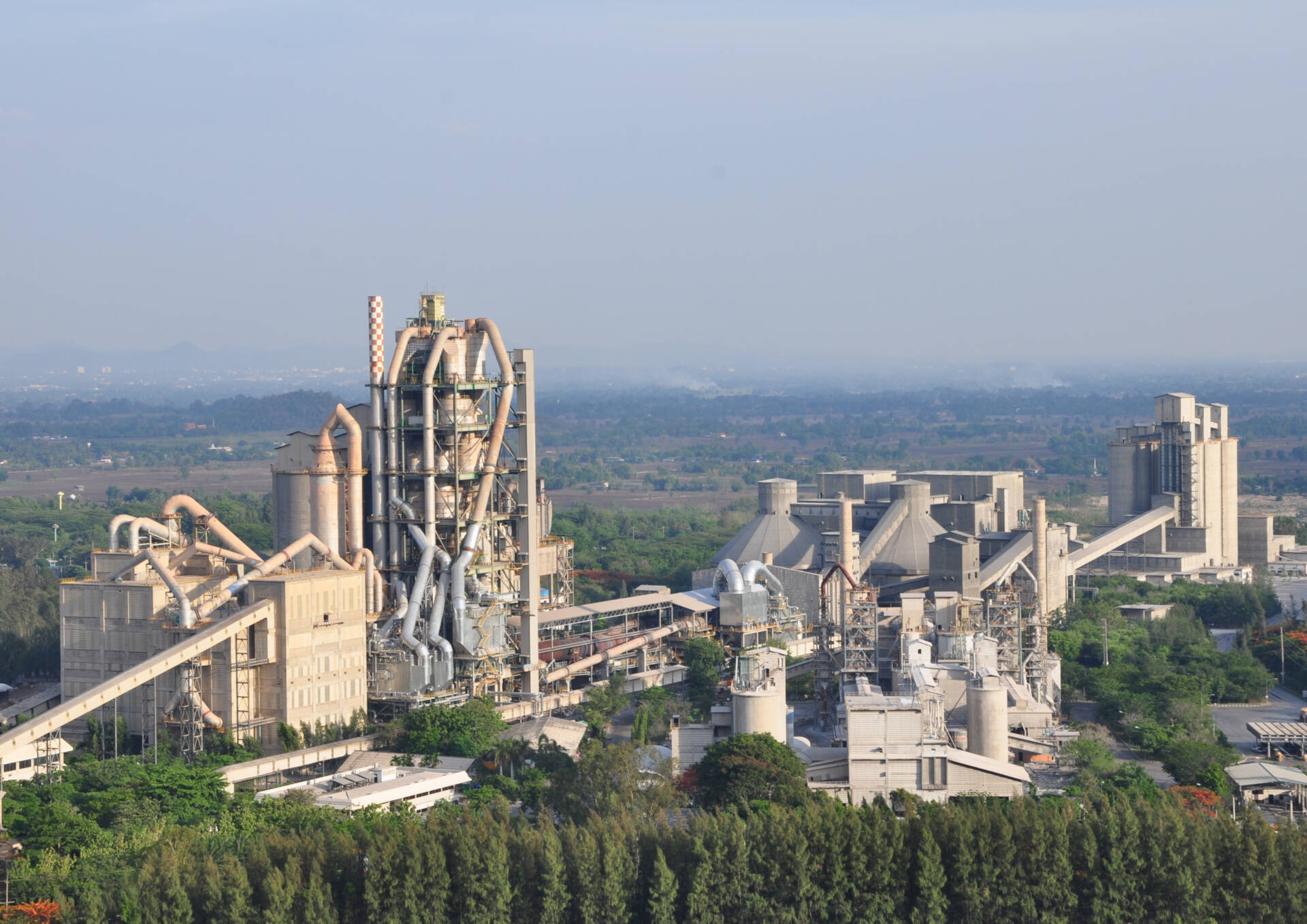
Detailed Report on Cement Factory is as follows.
A cement factory, also known as a cement plant or cement manufacturing plant, is an industrial structure that produces cement. Cement is an important building material that is normally utilized in the form of a powder. The cement manufacturing process begins with the mining and processing of raw materials such as limestone, clay, shale, sand, and iron ore to generate a mixture known as “raw meal.”
As limestone is an important component in cement production, cement plants are frequently located near limestone deposits. They necessitate substantial infrastructure and energy resources to function properly. Environmental concerns, such as emissions and waste management, are critical for contemporary cement plants to maintain sustainable and responsible manufacturing methods.
- The cement industry is India’s second most important primary and fundamental sector, after only the iron and steel industry in importance. The cement industry is a vital industry that significantly contributes to the development of other manufacturing industries, buildings, and even agriculture. Every industry requires the usage of cement, and cement is a fundamental component of industrial infrastructure. It directly and indirectly employs a huge number of people and contributes significantly to the GDP. Cement is an essential component of the infrastructure sector. The industry’s performance and cement pricing, on the other hand, are being closely examined.
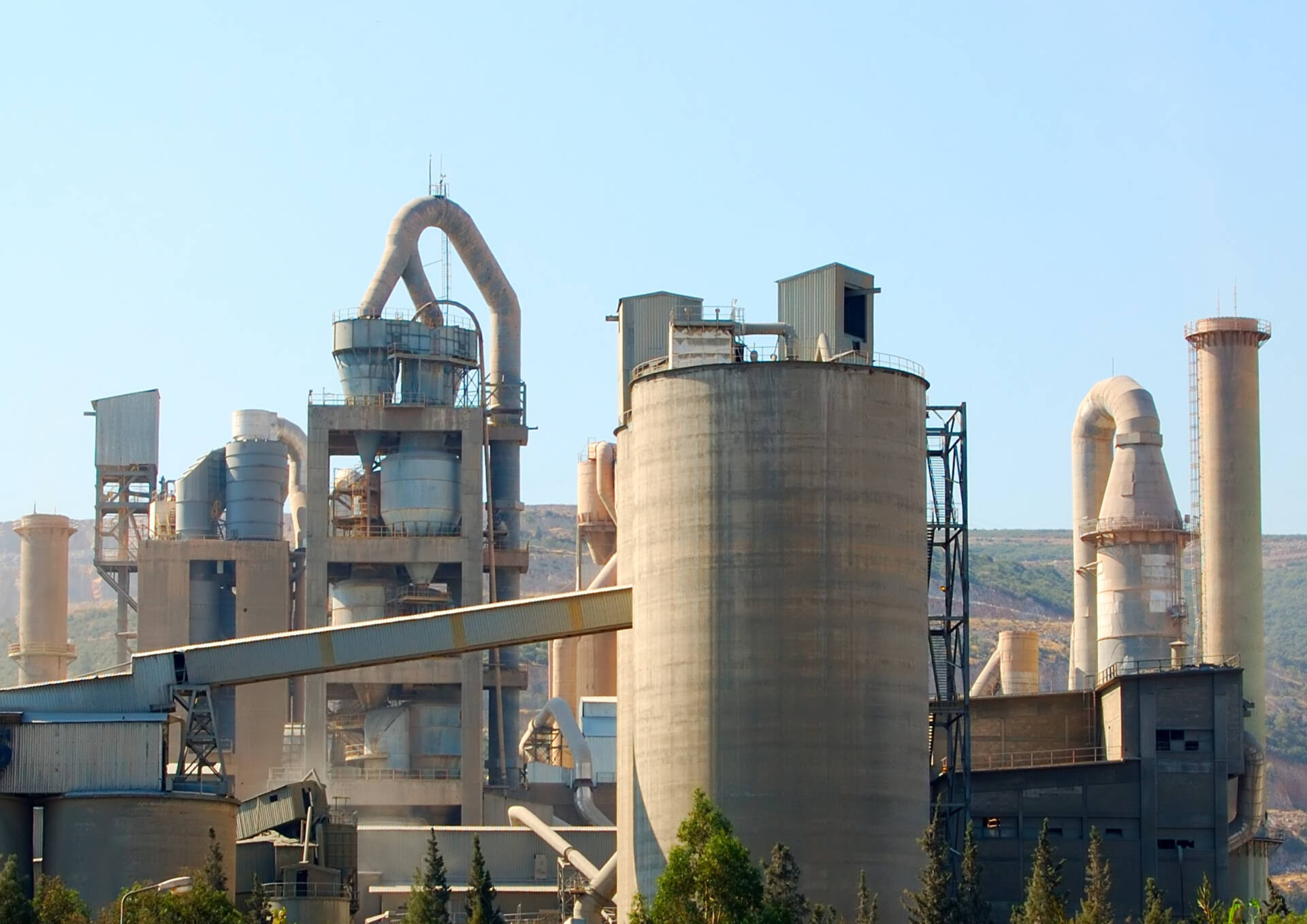
Detailed Report Sample On Cement Factory

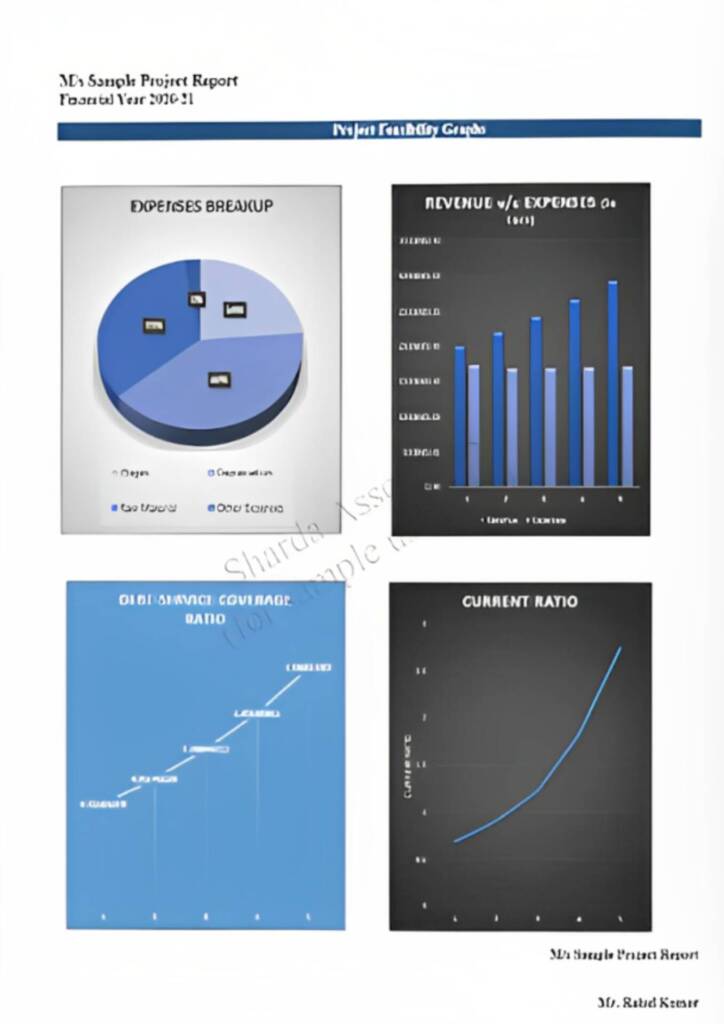
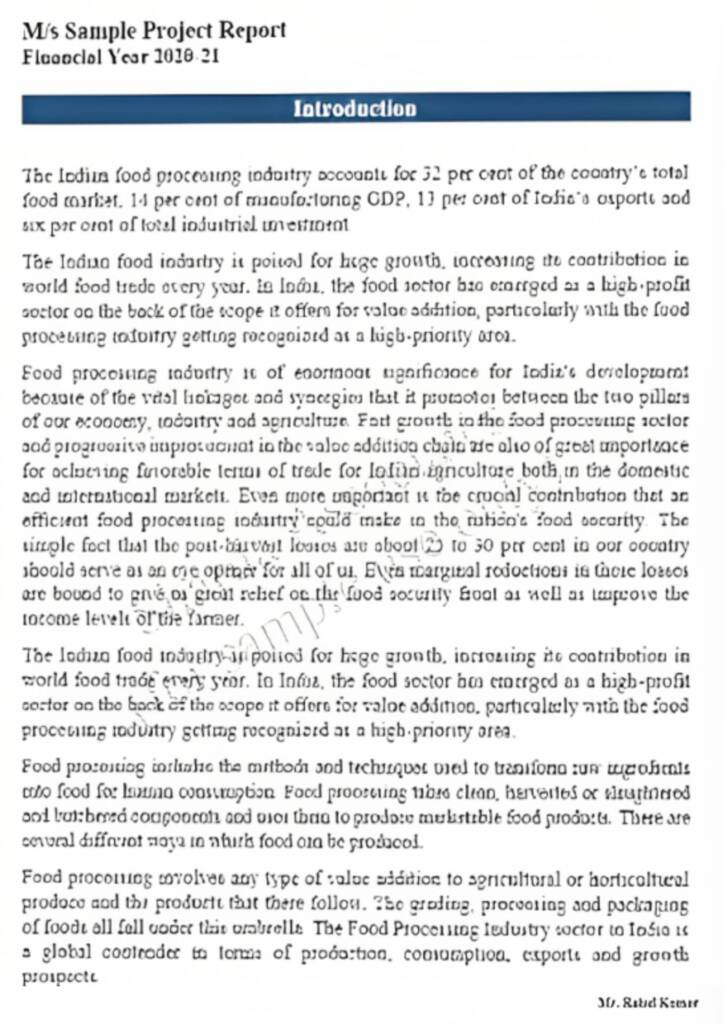
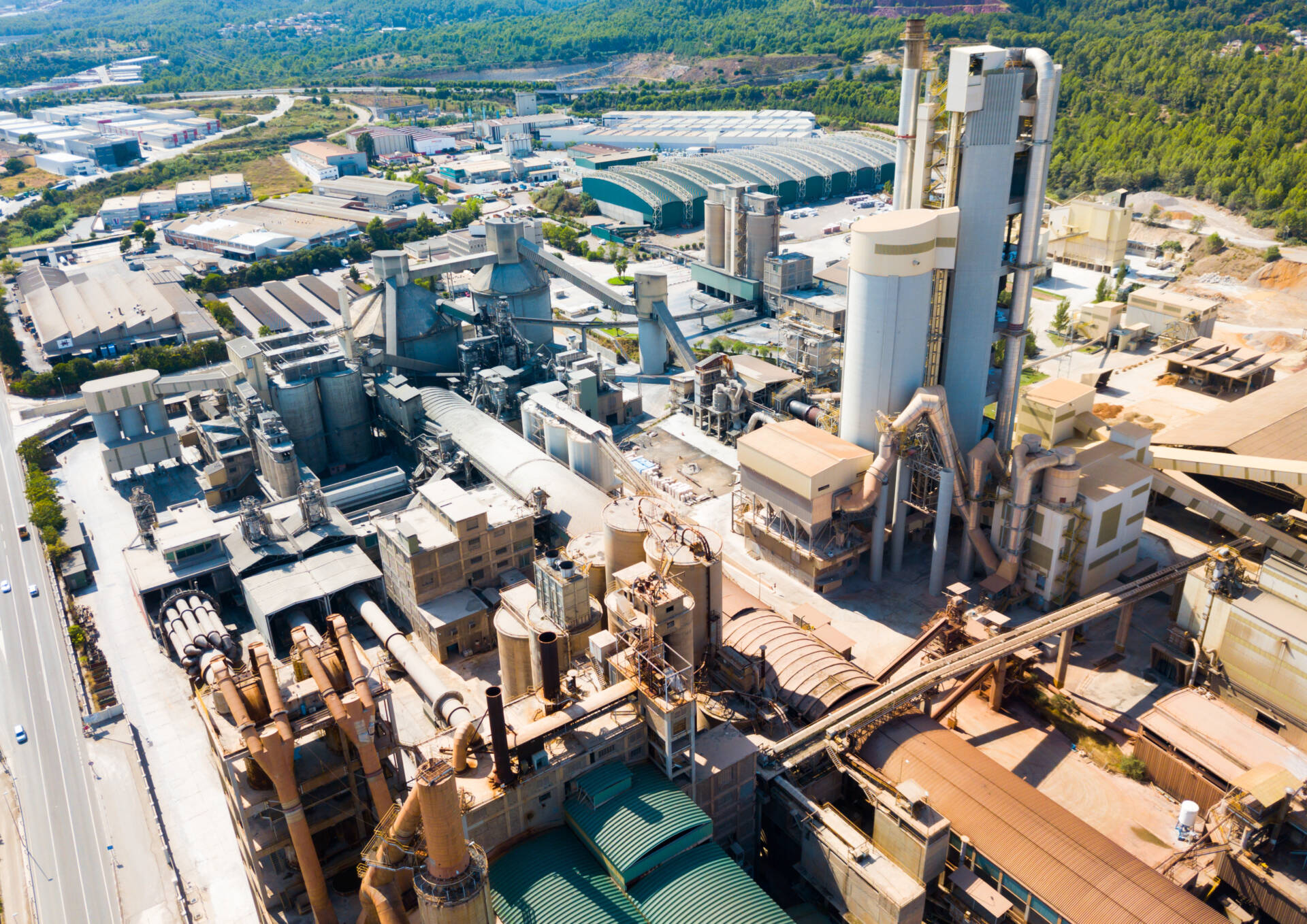
Market Potential Of Cement Factory
The cement market in India would be approximately $3,644.5 million tonnes in 2022. The market is predicted to reach 4,832.6 million tonnes by 2028, with a 4.94% CAGR between 2023 and 2028.
The increased population has increased the demand for residential building. This has raised worldwide cement consumption. The rising need for public infrastructure and non-residential structures such as hospitals and healthcare centres has created a product consumption potential. As a result, the current market trend is growing demand from an expanding construction sector. Cement is an important building material. Cement is used to manufacture concrete and mortar, as well as for a range of other construction-related purposes.
The cement market is divided into three categories: type, application, and geography. The market is divided into three categories: Portland, Blended, and Other Types. The market is divided into five applications: residential, commercial, infrastructure, industrial and institutional, and others. The research also includes cement market size and predictions for 15 countries in main regions. Market sizing and forecasting for each category have been done in terms of volume (Kilo Tons).
The cement business in India is primarily driven by a significant increase in construction activity as a result of rapid population expansion and increased demand for residential spaces. The construction of large infrastructure projects in the country, such as airports and motorways, is also helping industry growth. Furthermore, with rising environmental concerns, there has been an increase in demand for green architecture. The Indian government has actively promoted house construction in order to provide housing for around 1.3 billion people.
The government is planned to invest approximately USD 1.3 trillion in housing over the next seven years, with the construction of 60 million new houses. The country’s affordable housing supply is expected to expand by around 70% by 2024. As a result of government initiatives such as affordable housing, housing for all, smart city plans, and so on, India is expected to contribute around USD 640 billion to the construction sector by the end of 2022.
Contents of Project Report
A project report helps you identify whether a project is worth pursuing. It presents the holistic view and brings complete insight of the business and its activity.
It acts as a guide for all the business operations, aids in taking all financial decisions related to the existing businesses and to the start-ups. It serves as roadmap to the business and provides information to the outsider who are wanting to know more about the business.
You will have the opportunity to build new goals and expansion ideas in one single document. Everyone, from the banks to potential investors, will need to have a look at the project report before they shell out any money.
A well drafted project report generally consists details about:
- Brief History of the Business
- The Promoters
- SWOT Analysis
- Industry Outlook
- Past Financial Statements
- Projected Financial Statements
- Infrastructure and Human Resource required
- CMA data
- Business model
- Requirement of Working Capital Funds
- Means of Finance
Other relevant information, if any.
